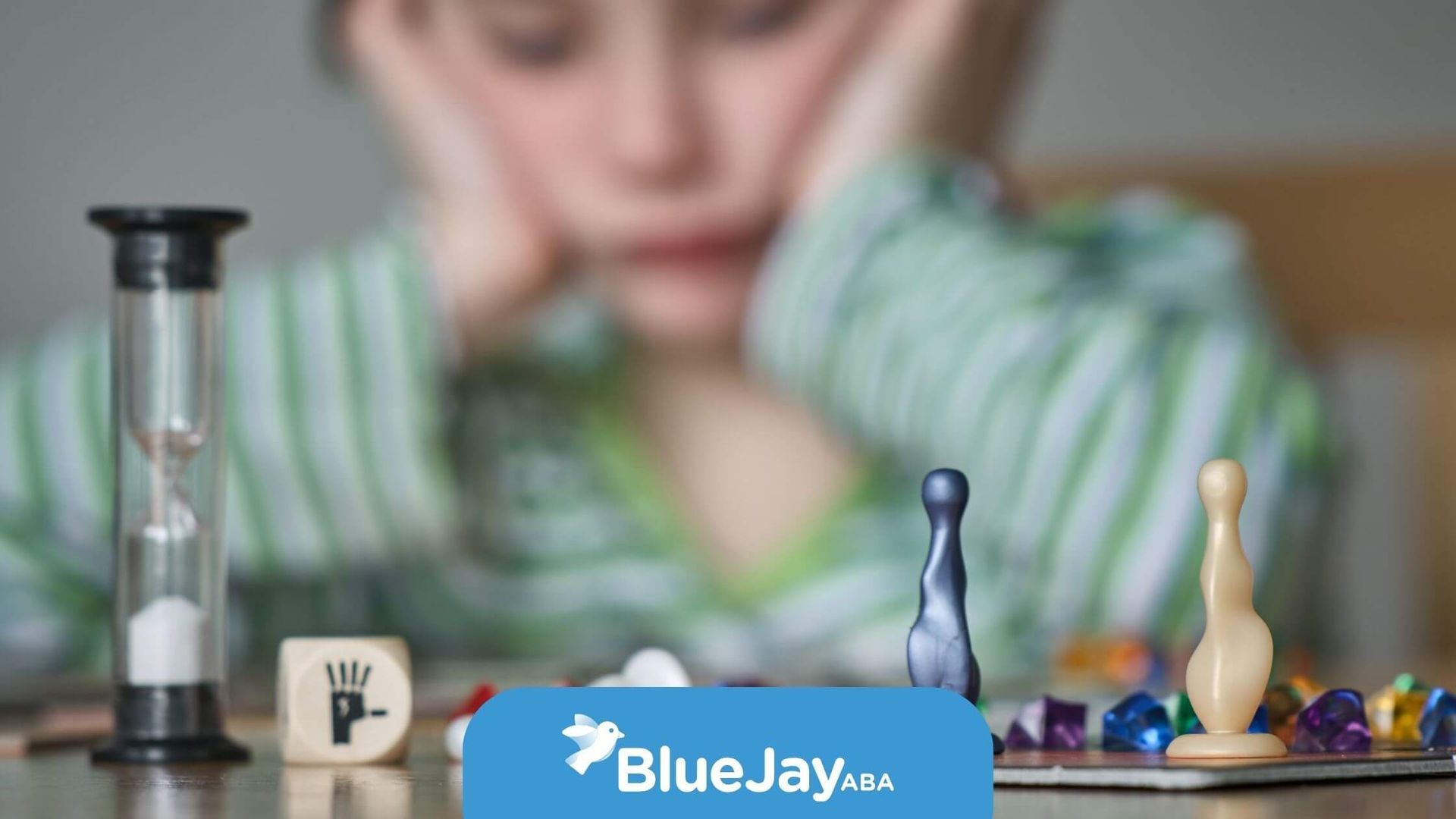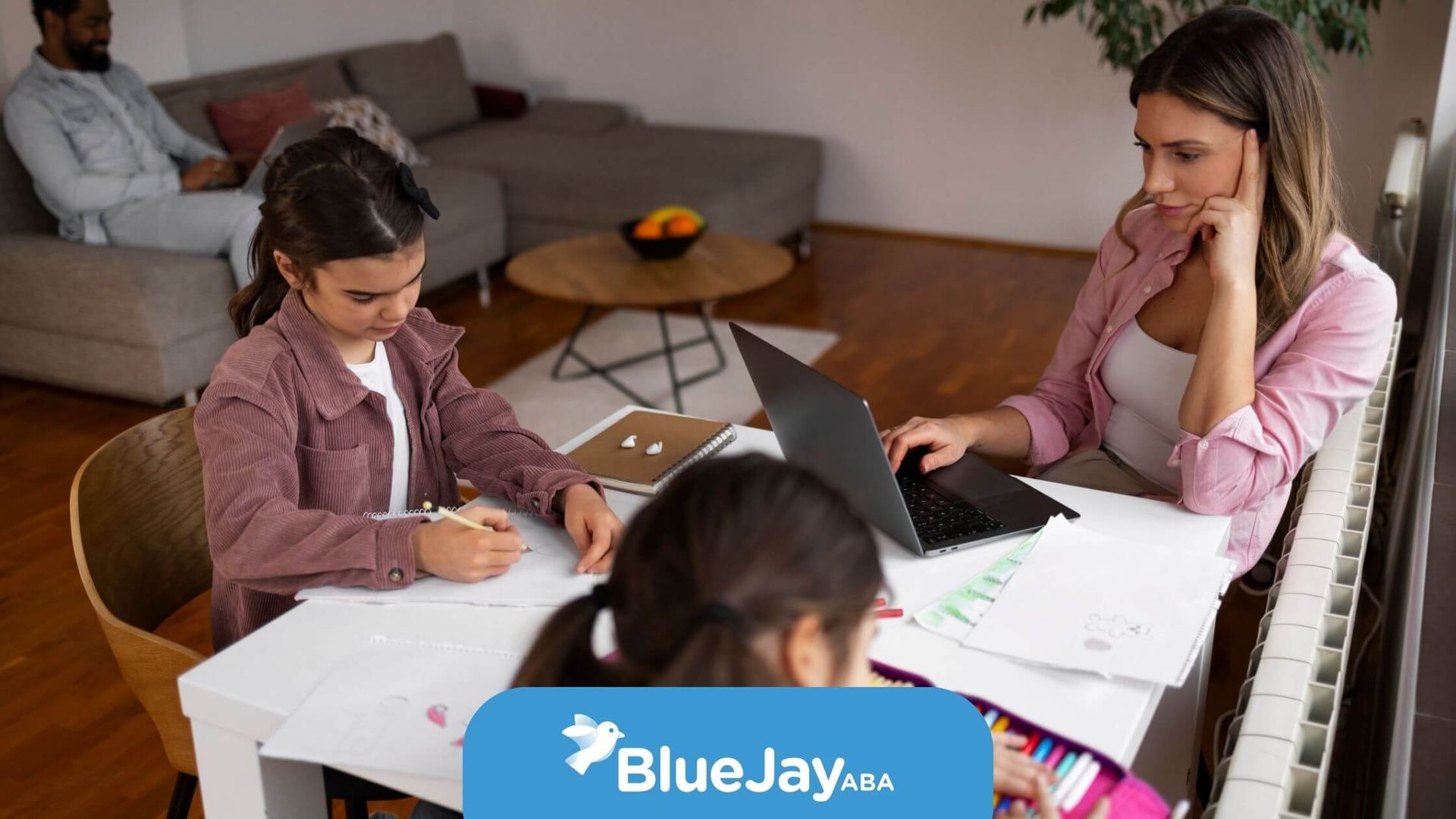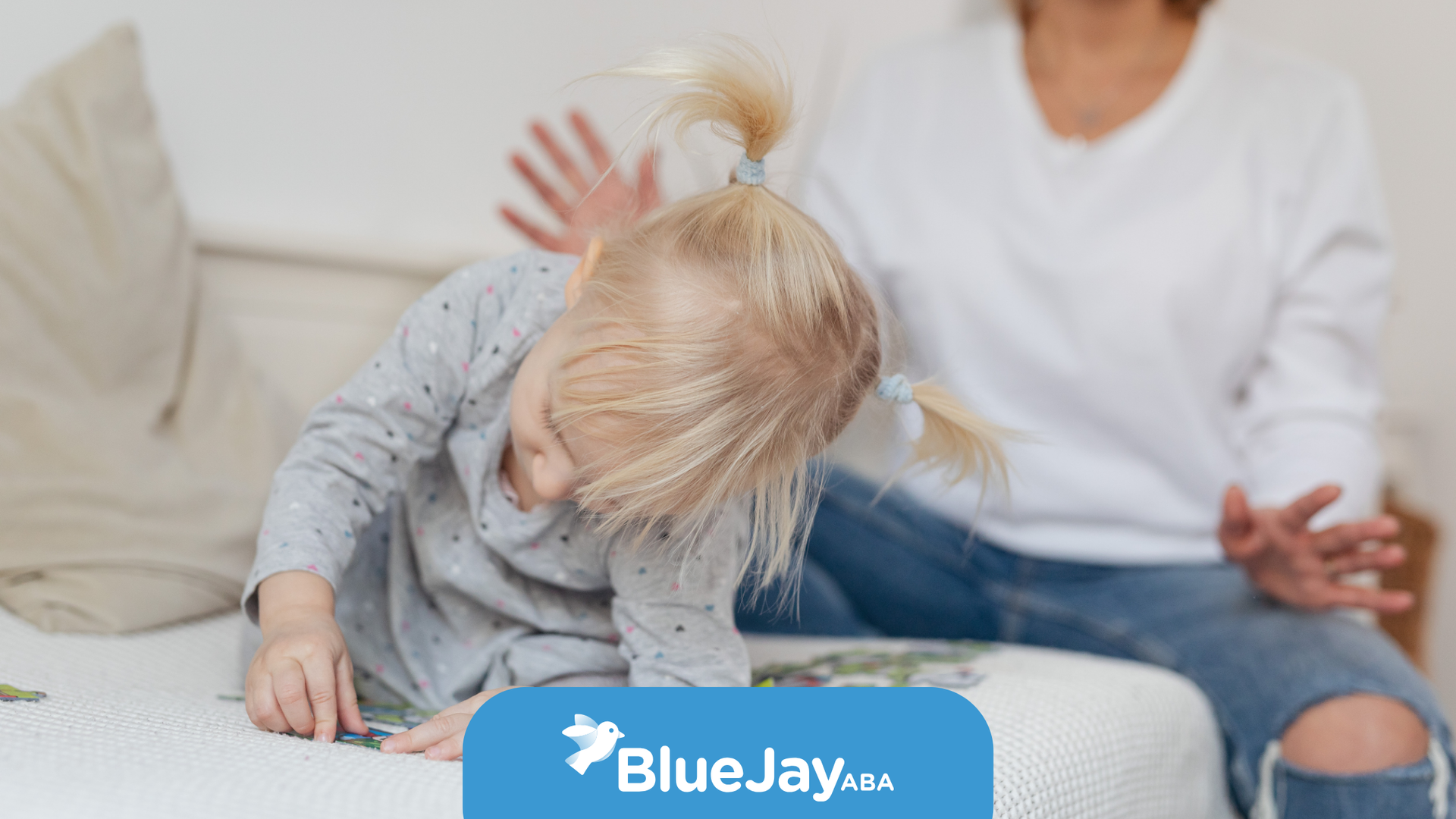Choosing Between ABA Therapy and Preschool: What’s Best for Your Child’s Future?
Key Highlights
- ABA therapy provides a tailored approach for children with autism spectrum disorder, focusing on skill-building, behavior management, and independent living.
- Preschool programs encourage social interaction and overall development in a group learning environment.
- Understanding your child’s needs is essential when deciding between the more structured ABA therapy and the broader scope of a preschool program.
- Factors like cost, availability, and readiness are important in deciding which option is best for your child.
- Combining ABA therapy with preschool may offer the best of both worlds.
Deciding between ABA therapy and preschool for your child can be challenging. As a parent, you want to ensure your child gets the best start in life, but how do you choose the right path?
ABA therapy offers tailored interventions that address specific needs, while preschool focuses on providing a broader educational foundation through socialization and group learning.
I recall working with a little boy named Max who initially had trouble adjusting to structured environments. His parents were unsure whether he was ready for preschool, so we focused on home-based ABA therapy to help him manage transitions and improve his behavior. A
fter working together for a few months, Max made incredible progress and was ready to join a preschool classroom with much more confidence. This experience reinforced the importance of evaluating each child’s readiness before making a decision.
Understanding ABA Therapy
What is ABA Therapy?
ABA (Applied Behavior Analysis) therapy is a scientific approach to improving the quality of life and functional skills of individuals with autism. The therapy focuses on reducing challenging behaviors and teaching essential skills like communication, social interaction, and self-care.
An ABA therapist works with a child by breaking down complex tasks into smaller, more manageable steps. Through positive reinforcement—rewarding good behaviors—children are encouraged to learn and repeat these behaviors in real-life situations.
As an ABA therapist myself, I’ve seen firsthand how small, consistent steps can lead to big changes. For example, one of my young clients struggled with personal hygiene—specifically washing hands. By breaking down the task into simple steps like turning on the faucet and applying soap, and rewarding each step, the child eventually learned the entire process. It took time, but the progress was worth it.
Core Principles and Methods of ABA
ABA therapy uses a variety of techniques to help children develop essential skills. Some key methods include:
- Positive Reinforcement: Rewarding good behaviors to encourage their repetition. For instance, if a child correctly identifies colors, they might receive praise or a small reward.
- Discrete Trial Training (DTT): A highly structured method where tasks are broken down into small, easy-to-learn steps. For example, teaching a child to brush their teeth might begin with showing them how to hold a toothbrush, then gradually progressing to brushing each tooth.
- Natural Environment Training (NET): This approach involves teaching children skills in real-life settings, such as during playtime or social interaction. The goal is for children to generalize their skills to everyday situations.
Benefits of ABA Therapy for Young Children
ABA therapy offers a range of benefits for children with autism, especially in the early years:
- Early Intervention: Starting therapy early sets a strong foundation for long-term growth. Children can begin developing key skills like communication and social interaction at a critical stage in their development.
- Managing Challenging Behaviors: ABA provides strategies to address challenging behaviors such as tantrums or non-compliance, promoting a more peaceful environment.
- Skill Development: ABA targets specific skills such as communication, self-care, and daily living skills, tailoring the therapy to each child's individual needs.
- Promoting Independence: One of the core goals of ABA therapy is to help children become more independent. For instance, teaching a child to feed themselves or dress on their own can be a huge milestone.
Exploring Preschool Programs
What Is a Preschool Program?
Preschool is typically a group-based educational setting designed to help children develop foundational academic and social skills. These programs foster emotional, cognitive, and physical development through structured play, creative activities, and interaction with peers.
For children with autism, preschool offers a unique opportunity to learn how to navigate social situations and adapt to group environments. It’s a place where children can begin to develop the skills needed for future schooling.
Structure and Curriculum in Preschools
Preschool programs typically blend planned activities with free play, encouraging children to learn both in structured settings and through more spontaneous interactions. The curriculum often includes basic academic skills such as:
- Recognizing letters and numbers
- Learning to follow simple instructions
- Engaging in problem-solving activities
Additionally, preschools focus on social skills like sharing, taking turns, and communication. Through group activities such as singing songs or playing games, children learn how to interact with others and build foundational knowledge for the next steps in their education.
Social and Developmental Advantages of Preschool
Preschool offers many developmental advantages:
- Social Interaction: Children learn important social skills, such as empathy and cooperation, by interacting with their peers. They also start to understand social cues, like taking turns and understanding personal space.
- Foundational Skills: Beyond academics, preschools encourage creativity, curiosity, and problem-solving, fostering cognitive development.
- Emotional Growth: Being part of a group helps children build confidence. It also teaches them how to adapt to changes in routine and the environment.
- Language Development: Through songs, storytelling, and play, children’s vocabulary and communication skills improve significantly.
Key Differences Between ABA Therapy and Preschool
Individualized Support vs. Group Learning
While both ABA therapy and preschool aim to foster growth, the way they do so is quite different:
Individualized Support (ABA Therapy):
- Custom-tailored to each child’s needs
- Focuses on specific behaviors and skill-building
- One-on-one or small-group setting
- Progress is tracked based on individualized goals
Group Learning (Preschool):
- Aims to provide a group environment for developing social and academic skills
- Emphasizes interaction with peers, following routines, and building foundational knowledge
- Children engage in group activities and learn to work as part of a team
Choosing between the two depends on your child’s current stage and specific needs. Some children thrive in the structured environment of ABA therapy, while others benefit more from the social opportunities available in a preschool setting.
Skill Focus and Learning Outcomes
ABA therapy emphasizes skills that help children navigate everyday life, such as:
- Communication (e.g., using words or gestures to express needs)
- Daily living skills (e.g., eating independently, getting dressed)
- Social skills (e.g., making eye contact, sharing)
Preschools, on the other hand, focus on preparing children for school, with an emphasis on:
- Academic readiness (e.g., learning shapes, numbers, letters)
- Social interaction (e.g., playing with peers, following classroom rules)
- Emotional regulation (e.g., managing frustration, asking for help)
Factors to Consider When Choosing for Your Child
Choosing between ABA therapy and preschool depends on a few key factors, including:
- Your child’s unique needs: Does your child need more personalized, one-on-one support, or do they benefit from learning in a group setting?
- Readiness: Consider how well your child can handle social interactions and follow basic routines.
- Cost and Availability: ABA therapy may not be as widely available as preschool programs. Additionally, ABA therapy may require insurance coverage or additional costs.
- Federal Regulations: Depending on your location, both ABA therapy and preschool programs must meet certain educational or developmental guidelines.
Conclusion
Deciding between ABA therapy and preschool is a personal choice that requires careful consideration of your child’s needs and developmental stage. ABA therapy provides individualized, structured support, while preschool offers valuable social interaction and a foundation for academic growth. Each has its unique benefits, and in some cases, a combination of both may be the best option.
If you’re still unsure whether ABA therapy or preschool is the best fit for your child, Blue Jay ABA is here to help. Our certified behavior analysts work closely with families to create personalized therapy plans that meet your child’s unique needs. Let us help you provide the right support for your child’s development.
Contact Blue Jay ABA today to learn more about our individualized ABA therapy services. We’re here to guide your child’s growth every step of the way.
Frequently Asked Questions
Can my child attend both ABA therapy and preschool?
Yes, you can have your child do ABA therapy and go to preschool at the same time. Some schools let therapy sessions happen during the school day. Other schools want you to plan therapy after class is over. You should talk to your school district and your ABA therapy provider to find what works best for your child.
How do I know if my child is ready for preschool or needs ABA therapy?
Take time to see how your child is doing and what they need. If they have a hard time in the classroom or show some tough behaviors, ABA could be the best first step. But, if they are ready to be around other kids and follow simple routines, preschool might be the right choice.
Is ABA therapy only for children with autism?
No, ABA therapy is not just for kids on the autism spectrum. It can help children with many different needs. Certified behavior analysts use aba therapy to work on many types of things that kids may struggle with. This can support those who have different neurodevelopmental conditions, not only autism.
Sources:
- https://medicine.iu.edu/blogs/pediatrics/child-development-choosing-between-aba-therapy-and-school
- https://pmc.ncbi.nlm.nih.gov/articles/PMC6411562/
- https://pmc.ncbi.nlm.nih.gov/articles/PMC11487924/
- https://www.autismspeaks.org/applied-behavior-analysis
- https://www.sciencedirect.com/science/article/abs/pii/S0272735810000218
Related Posts






